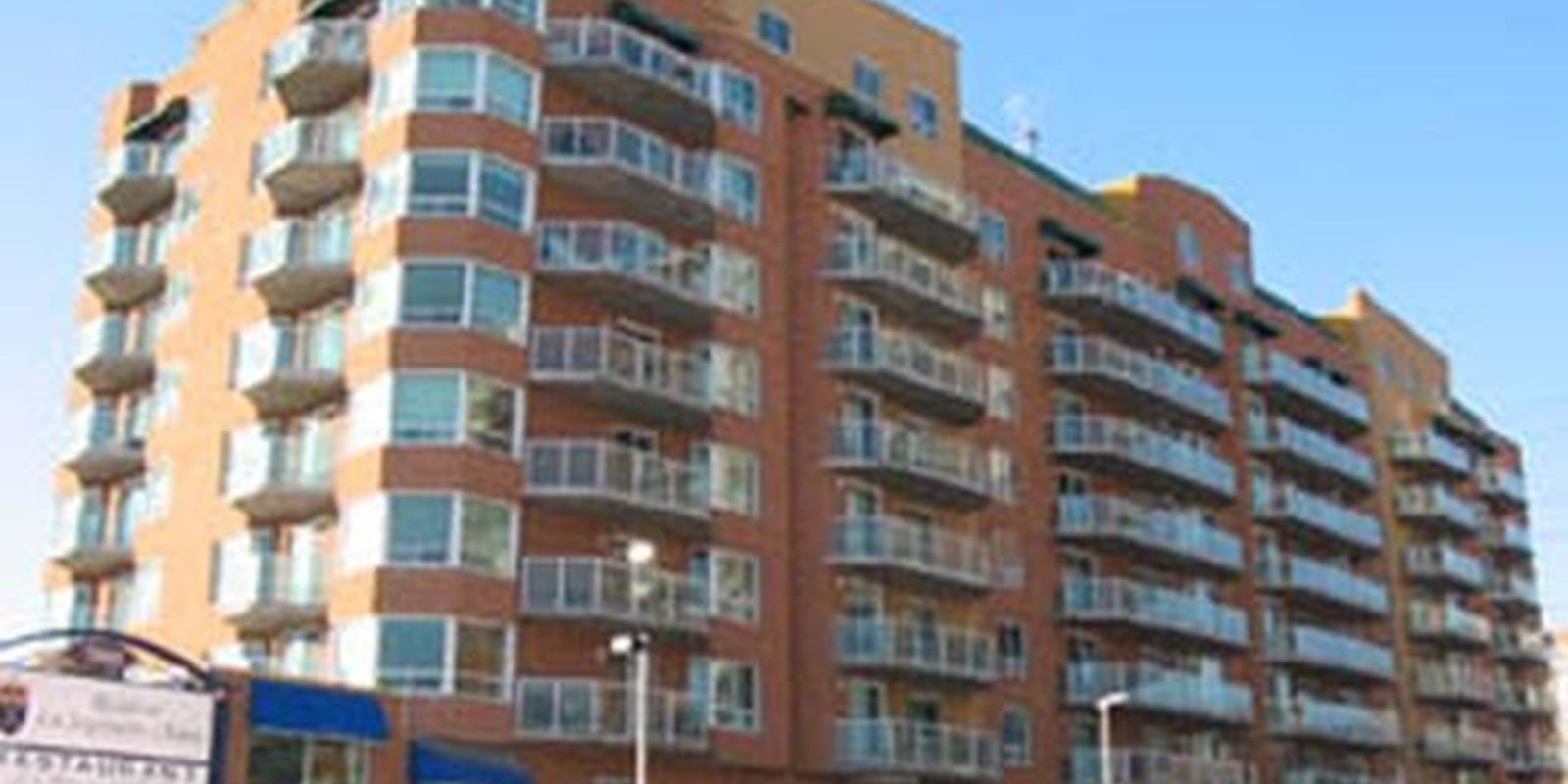Housing affordability in Quebec improved significantly for the first time in over a year as the long-anticipated soft landing continued to unfold, according to the latest Housing Affordability report released today by RBC Economics. The strongest improvement in affordability for the fourth quarter was for standard two-storey homes.
"Supply and demand fundamentals in Quebec's housing market are cooling in tandem and the effects have translated into improved affordability conditions for prospective homeowners," said Derek Holt, assistant chief economist, RBC.
The RBC Housing Affordability measure, which captures the proportion of pre-tax household income needed to service the costs of owning a detached bungalow, improved to 35.3 per cent of income. The amount of median pre-tax income required to purchase a condo in Quebec improved to 28.3 per cent. For a standard townhouse, the measure stood at 30.8 per cent. The amount of median pre-tax income required to purchase a two-storey home declined from 44.2 per cent in third quarter to 43.0 per cent in the fourth quarter.
RBC notes that both two-storey and detached homes in the province witnessed quarterly price declines, but annual price gains were up across the board for all home segments by a healthy three-to-six per cent margin.
According to the report, Montreal's key housing fundamentals - sales, listings, and prices - lost steam in the final quarter of 2006. House prices continued to rise on a quarterly basis but were constrained to the low single digit range. Annual price gains also slowed markedly in 2006, with three-to-five per cent gains becoming the norm compared to the 10 per cent gains realized in 2005.
RBC's Affordability measure for detached bungalows in Canada's largest cities is as follows: Vancouver 68.5 per cent, Toronto 42.6 per cent, Calgary 40.9 per cent and Ottawa 30 per cent.
Also included in the report are housing affordability conditions for a broader sampling of smaller cities across the country, including Quebec City where affordability conditions improved. For these smaller cities, RBC has used a narrower measure of housing affordability that only takes mortgage payments relative to income into account.
The Housing Affordability measure, which RBC has compiled since 1985, is based on the costs of owning a detached bungalow, a reasonable property benchmark for the housing market. Alternative housing types are also presented including a standard two-storey home, a standard townhouse and a standard condo. The higher the reading, the more costly it is to afford a home. For example, an Affordability measure of 50 per cent means that homeownership costs, including mortgage payments, utilities and property taxes, take up 50 per cent of a typical household's monthly pre-tax income.
Highlights from across Canada:
- British Columbia: The final quarter of 2006 provided some relief for B.C. homeowners with affordability improving for the two-storey and detached bungalow segments. However, condos and townhomes continued a fifth straight quarter of deterioration. Overall, B.C.'s housing market should continue to improve over the next year.
- Alberta: Since the start of 2005, housing affordability across Alberta has been eroding at an aggressive pace. While the most recent quarter reported another across-the-board deterioration, the pace of erosion appears to have topped out and has slowed significantly.
- Saskatchewan: For a fifth consecutive quarter, affordability eroded in three out of four home classes - detached bungalow, townhouse and condo. Saskatchewan's annual house price gains, which are in the 10 per cent range, outweighed any mortgage rate relief or household income growth that would have helped offset costs.
- Manitoba: After declining affordability in the first half of 2006, Manitoba saw a marked improvement for the second half of the year. The strongest improvement came from the condo sector, reversing much of the deterioration that occurred in the early part of 2006.
- Ontario: As Ontario's housing market continued to cool, affordability improved across all classes. Softer price growth, a decline in mortgage rates and lower utility bills combined to bring monthly payments down by one to two per cent for all four housing segments.
- Atlantic region: Strong household income growth, lower monthly utility bills and a modest drop in mortgage rates contributed to improve conditions across Atlantic Canada.
The full RBC Housing Affordability report is available online, as of 8 a.m. E.D.T. today at www.rbc.com/economics/market/pdf/house.pdf.

